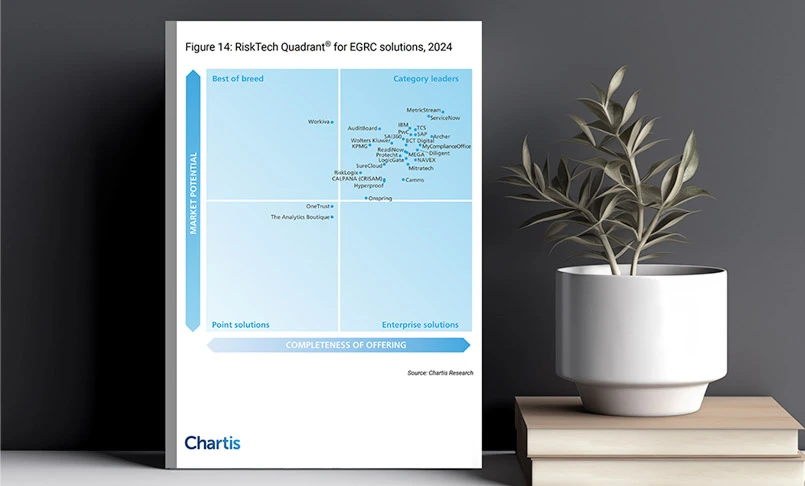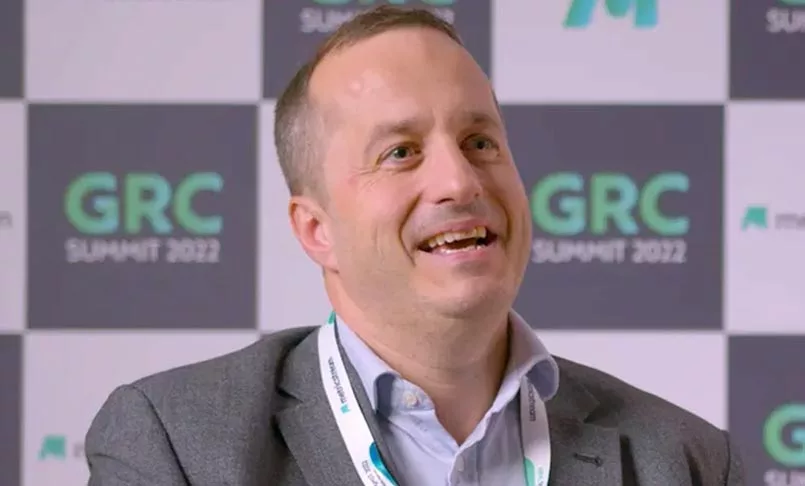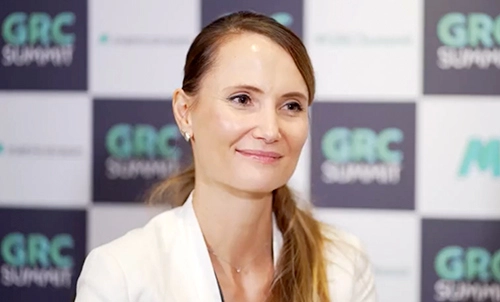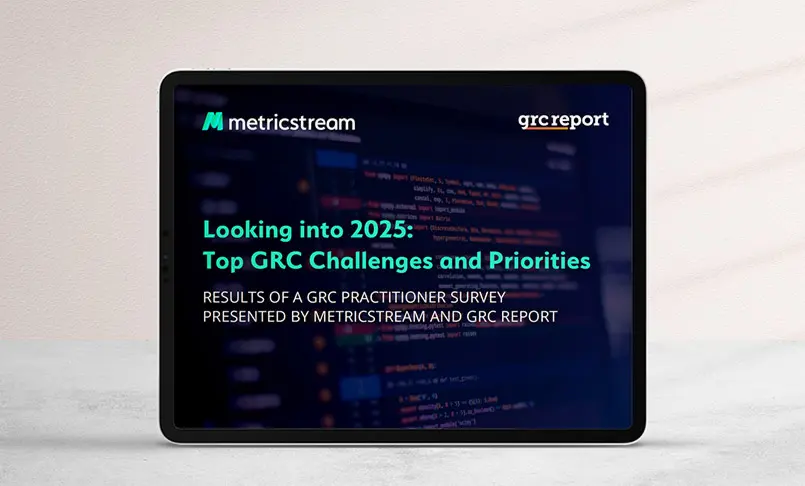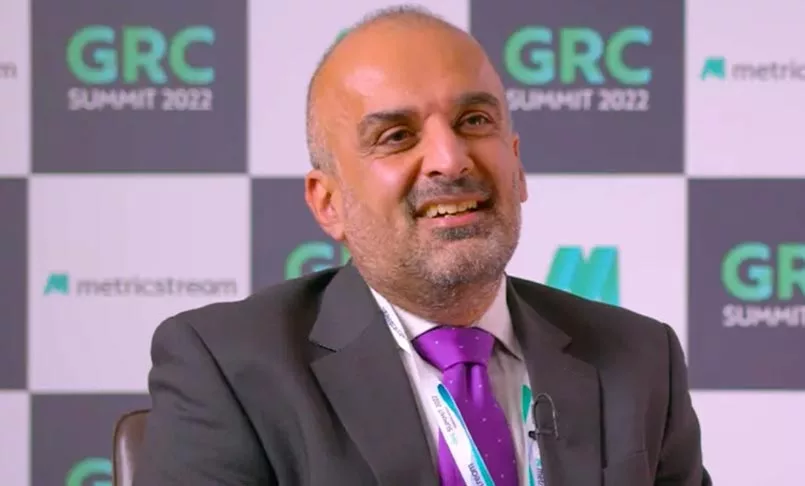Regulatory Complexity, Operational Resilience, Cyber Risk, and AI: Key GRC Imperatives for 2025
- Artificial Intelligence
- 09 April 25 |

Introduction
In today’s rapidly evolving world, the risk landscape is changing faster than ever. We’ve witnessed firsthand the mounting challenges organizations face with an increasingly complex web of regulatory requirements, cyber threats, and operational resilience. The issues organizations face today are more interconnected, urgent, and nuanced than ever before.
As we reflect on the insights from a recent survey conducted by MetricStream and the GRC Report, which polled over 100 global GRC professionals, five critical areas stand out as key learnings for organizations in 2025. These insights offer not only a roadmap for navigating the complexities ahead but also a chance to transform challenges into opportunities for growth and competitive advantage.
1. Turning Regulatory Complexity into a Strategic Differentiator
Regulatory complexity, especially the speed of regulatory changes, remains a top concern, with 51% of professionals citing it as a pressing challenge. The pace of these changes is accelerating, and many organizations struggle with resource constraints—both in terms of personnel and expertise—just to keep up. The solution? Strengthening compliance management frameworks, leveraging technology to streamline processes, and integrating regulatory intelligence into decision-making. The goal should be to view compliance not as a checkbox exercise but as a catalyst for competitive advantage and operational excellence.
2. Organization-wide Focus on Cyber Risk
Cyber risk remains a moving target, with nearly 48% of GRC professionals identifying it as a critical priority. Interestingly, only 8% of survey respondents were cybersecurity professionals, while the majority came from compliance, audit, integrated risk, and risk management roles. This underscores the urgent need for a broader, organization-wide focus on managing cyber risk. While companies are doubling down on real-time threat intelligence, continuous control monitoring, and advanced AI-driven threat detection, organizations must embed cyber risk into their broader risk management strategy, ensuring that resilience is built into every level of operations.
3. Balancing Innovation with Governance for AI in GRC
Artificial Intelligence is front and center in GRC conversations, with 47% of respondents viewing it as both an opportunity and a challenge. Organizations are realizing the potential of AI to revolutionize risk management—automating processes, detecting anomalies, and predicting emerging threats. However, the risks associated with unchecked AI adoption—including ethical concerns, bias in decision-making, and integration complexities—must be carefully addressed. To harness AI effectively, organizations need to establish governance frameworks that ensure transparency, accountability, and data integrity. The key is responsible AI adoption—leveraging its strengths while mitigating its risks.
4. Making Operational Resilience Integral to Business Strategy
Nearly 46% of GRC professionals are prioritizing resilience as a core business strategy, largely driven by the stronger regulatory push to build operational resilience. In my experience, organizations that treat resilience as a forward-looking capability that integrates seamlessly with operational risk management—rather than just a compliance requirement—are the ones that emerge stronger in the face of crises. As we’ve mentioned earlier, resilience must become part of an organization’s DNA. This means embedding resilience into daily operations, stress-testing response plans, and ensuring that every employee understands their role in mitigating risk.
5. Breaking Down Silos for Integrated Risk Management
A fragmented approach to risk management is one of the biggest barriers to effective GRC. Over 42% of professionals in the survey emphasized the need for an integrated risk framework. When asked what their biggest concerns for GRC and risk were as they plan for 2025, one respondent said, “Breaking down silos between risk, compliance, and operations teams to improve collaboration,” while another noted, “A lack of collaboration among GRC professionals.” We’ve long advocated for breaking down silos between risk, compliance, audit, and cybersecurity teams to create a unified view of risk. Organizations need to build a risk culture where collaboration is the norm, data flows seamlessly across functions, and risk intelligence informs strategy at every level.
Next Steps for GRC Leaders
As we look to 2025, the role of GRC professionals will be more critical than ever. In a world that is increasingly complex, interconnected, and constantly evolving, the future of GRC lies not just in managing risk, but in strategically positioning organizations to thrive amid uncertainty.
By tackling these challenges head-on, GRC leaders will shape organizations that are not only resilient but innovative, prepared to lead in an era of constant change. These insights aren’t just about surviving, they are about setting a course for success in 2025 and beyond.
Watch the webinar recording for a deep-dive discussion of the survey results:
